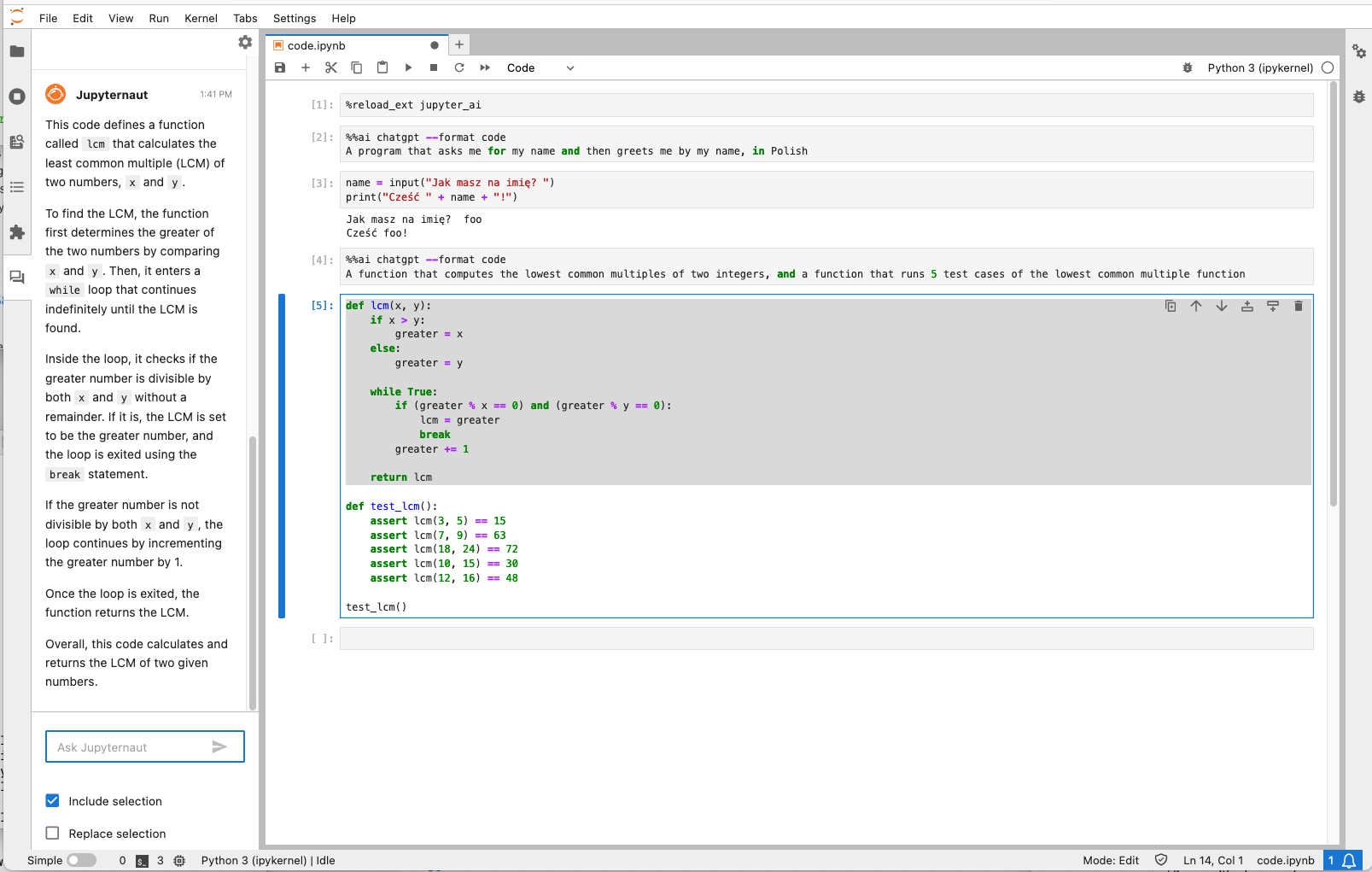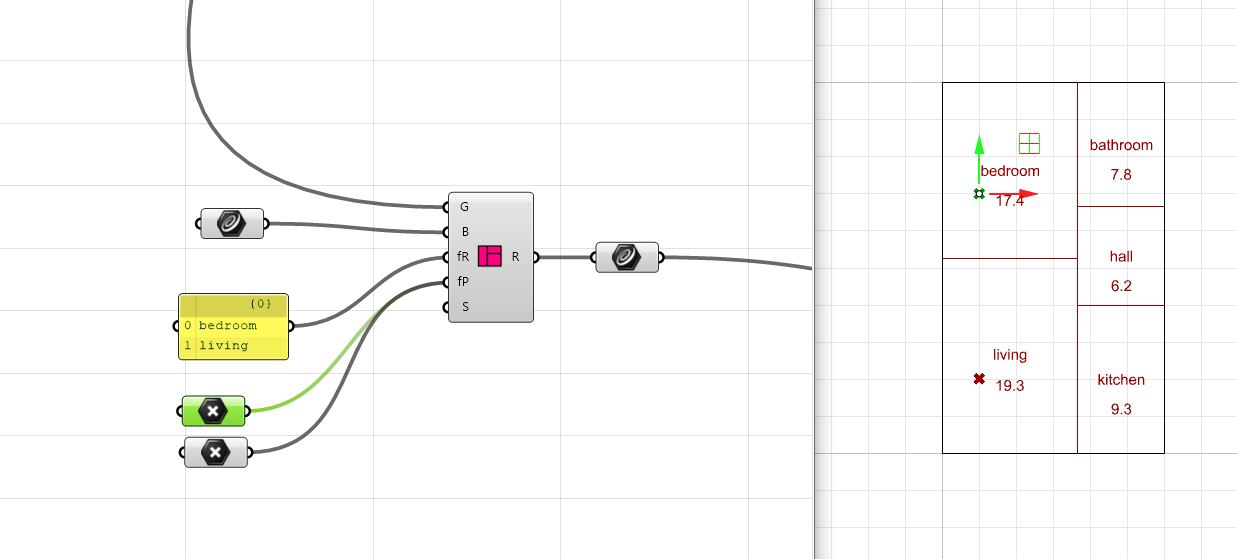Introduction
As an update of the bim and tech highlight, I will try to write down some interesting tech news I found in the week. I hope you enjoy it. In this week, I will introduce some news relate to Jupyter AI, Google Gemini, Autodesk XR, Marmot, Kampecaris ,...
Jupyter AI
Jupyter AI brings generative AI to Jupyter. Jupyter AI provides a user-friendly and powerful way to explore generative AI models in notebooks and improve your productivity in JupyterLab and the Jupyter Notebook. More specifically, Jupyter AI offers:
An %%ai magic that turns the Jupyter notebook into a reproducible generative AI playground. This works anywhere the IPython kernel runs (JupyterLab, Jupyter Notebook, Google Colab, VSCode, etc.).
A native chat UI in JupyterLab that enables you to work with generative AI as a conversational assistant.
Support for a wide range of generative model providers and models (AI21, Anthropic, Cohere, Hugging Face, OpenAI, SageMaker, etc.).

Google Gemini
Gemini is the first model to outperform human experts on MMLU (Massive Multitask Language Understanding), one of the most popular methods to test the knowledge and problem solving abilities of AI models.

Autodesk XR
Autodesk XR Bring the whole AEC project team together in an immersive and dynamic workspace. Naturally inspect and scrutinize 3D models and problem-solve together—in real time.

Marmot
Marmot is a plug-in for Grasshopper which allows the user to create and deconstruct graphs representing rooms, connections and areas, and can generate a plan layout from a graph. 🐹🏡
To generate a plan layout, the user is required to construct a graph, and set a rectangular boundary. Optionally, certain rooms can be fixed in place. The component applies an exhaustive search method and works best for plans with up to 6/7 rooms. The result is a floorplan that is optimized to meet all requirements.

Kampecaris
Kampecaris is a newly released plugin for Grasshopper 2 (Gh2) that focuses on voxel-based 3D modeling. The project began at the DigitalFuture Persian Workshop 2 in July 2023 and continues to evolve as an ongoing initiative. Drawing inspiration from notable plugins like Chromodoris 3, Millipede 1, Monolith 2, and Dendro 2, the developers emphasize the significant enhancements in Gh2, particularly in the realm of fields, which have opened up new possibilities for voxel-based modeling.
Linkedin : https://www.linkedin.com/feed/update/urn:li:activity:7137456274467696640/
Kolega
Kolega enables the generation of solutions for a specific plot of land - urban layouts and floor plans based on the given parameters of the project.
Notus
Notus 7B is an open source LLM released by Argilla, fine-tuned using Direct Preference Optimization (DPO) and AIF (AI Feedback) techniques. This model is fine-tuned with a better curated version of the Ultrafeedback dataset.
- brew install ollama
- ollama serve
- ollama run argilla/notus
Gaussian-SLAM
Gaussian-SLAM is introduced as the first neural RGBD SLAM (Simultaneous Localization and Mapping) method capable of photorealistically reconstructing real-world scenes. While modern SLAM methods have shown impressive results on synthetic datasets, they often struggle when applied to real-world datasets. To address this limitation, Gaussian-SLAM employs 3D Gaussians as a fundamental unit for scene representation, overcoming challenges faced by previous methods.

Chathub
Chat Hub Features :
🤖 Use different chatbots in one app, currently supporting ChatGPT, new Bing Chat, Google Bard, Claude, and open-source models including LLama2, Vicuna, ChatGLM etc
💬 Chat with multiple chatbots at the same time, making it easy to compare their answers
🚀 Support ChatGPT API and GPT-4 Browsing
🔍 Shortcut to quickly activate the app anywhere in the browser
🎨 Markdown and code highlight support
📚 Prompt Library for custom prompts and community prompts
💾 Conversation history saved locally
📥 Export and Import all your data
🔗 Share conversation to markdown
🌙 Dark mode
🌐 Web access
